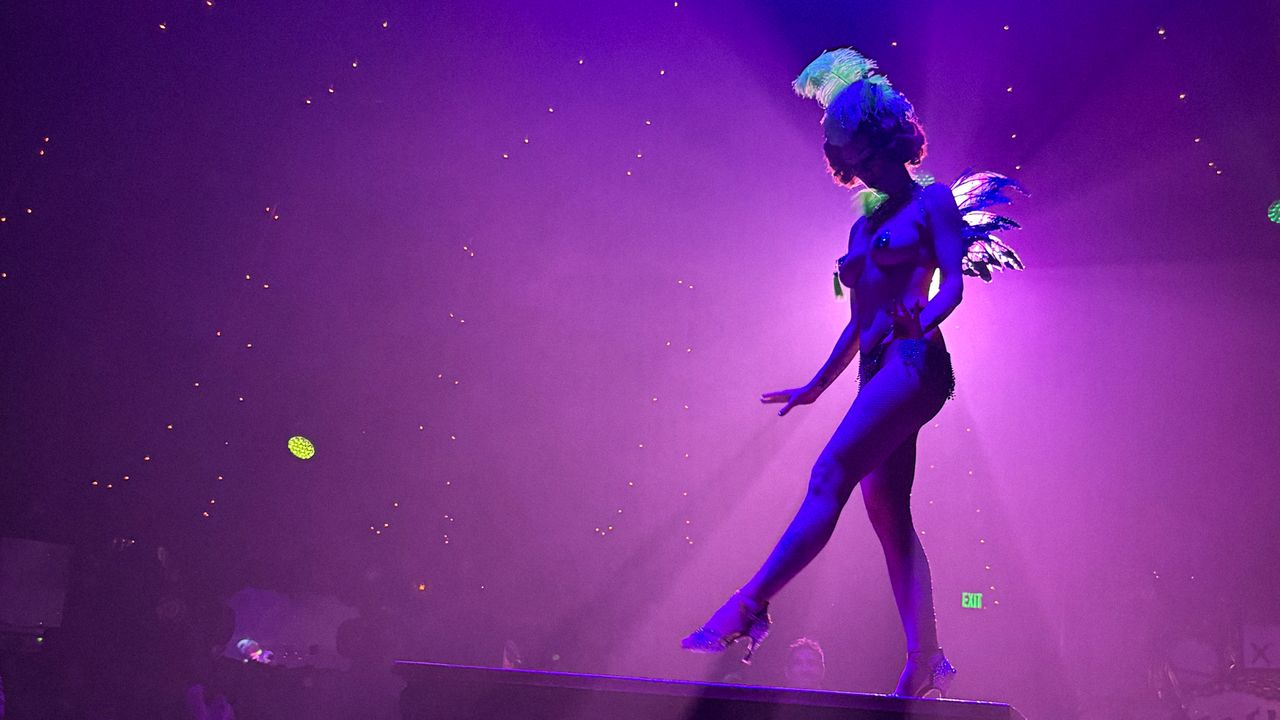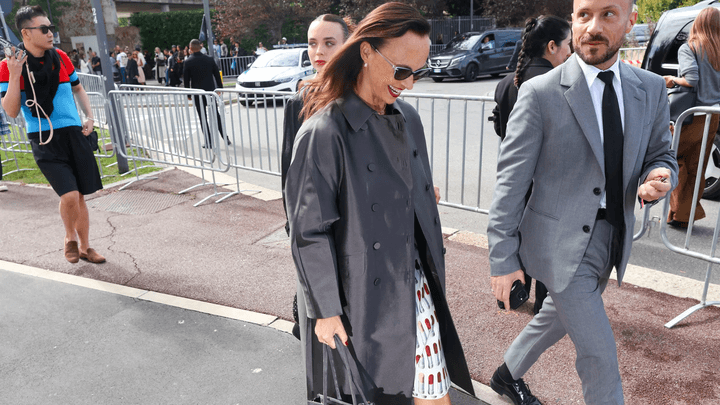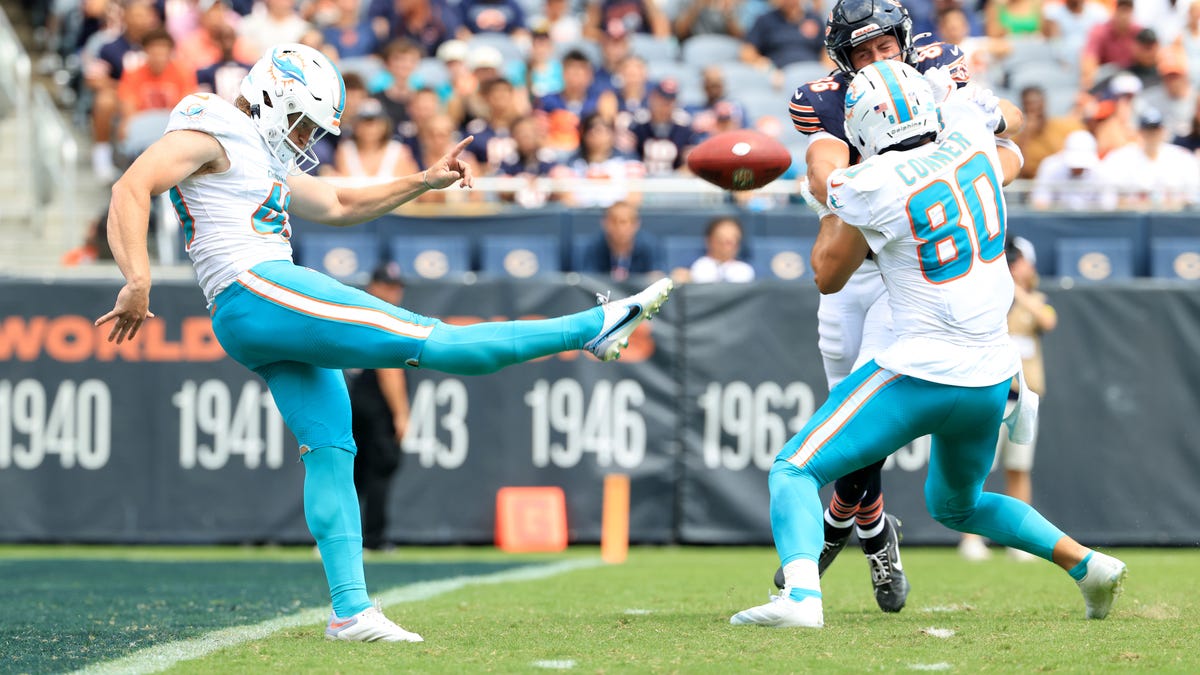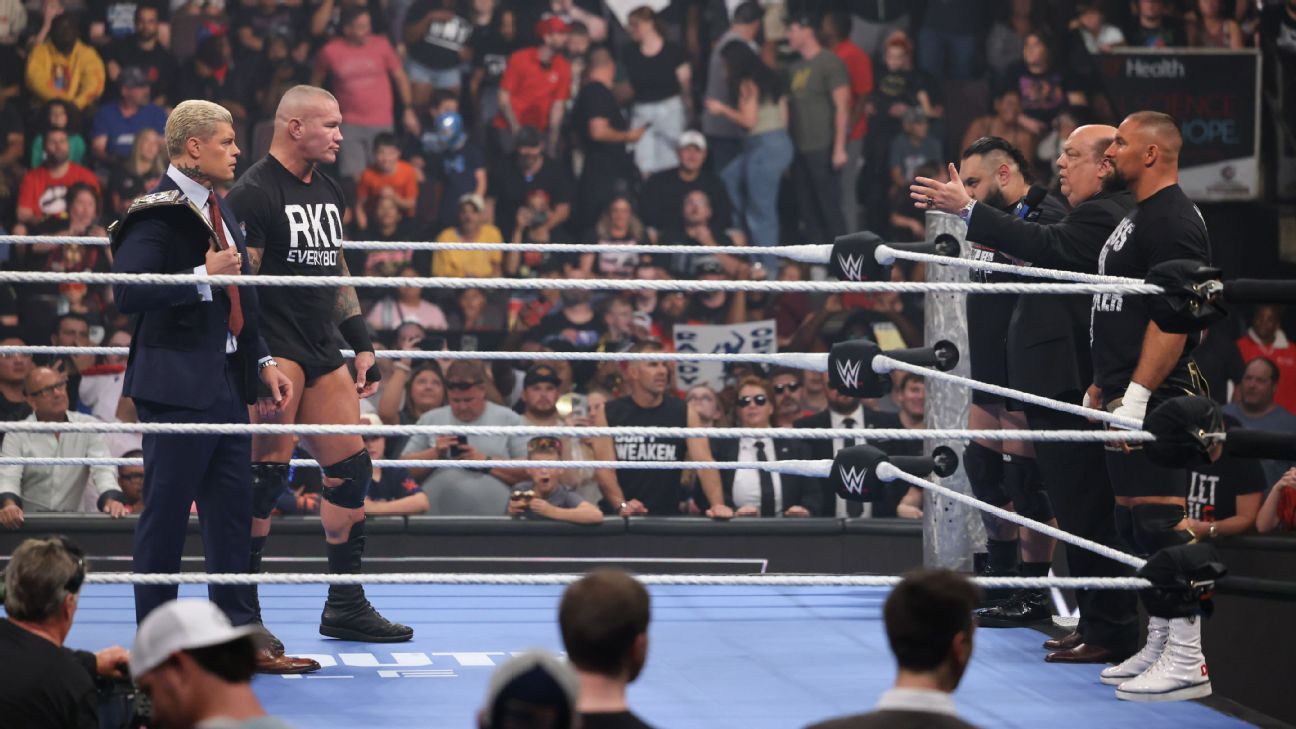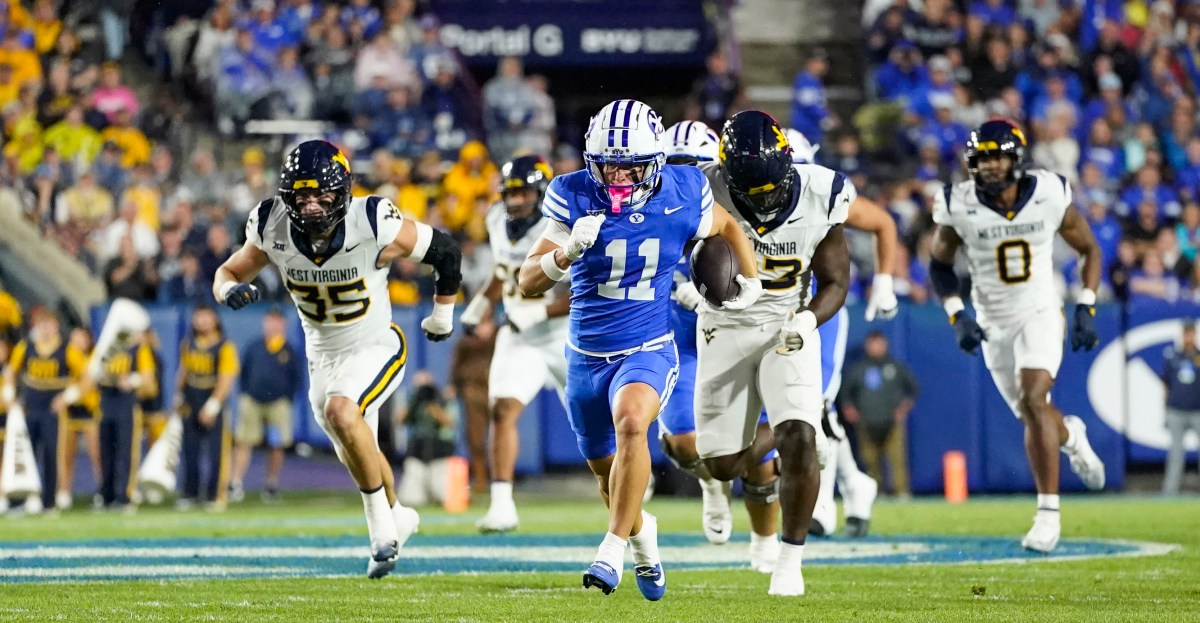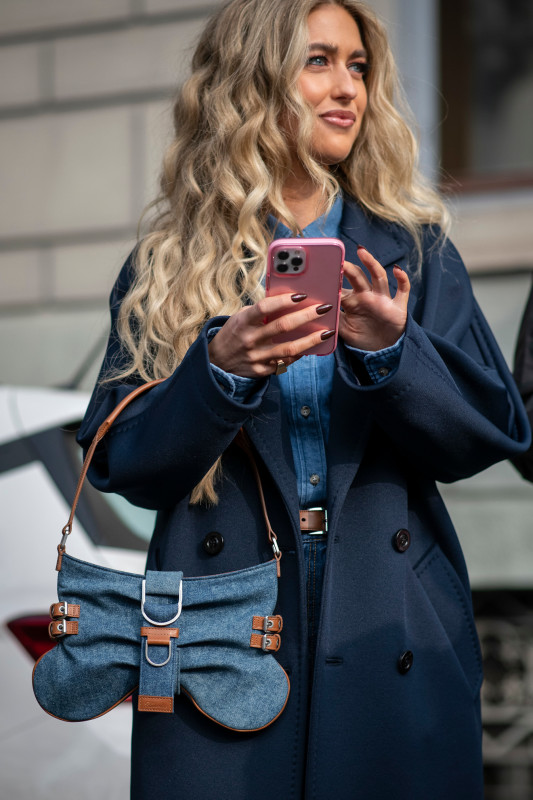
Photo: Launchmetrics Spotlight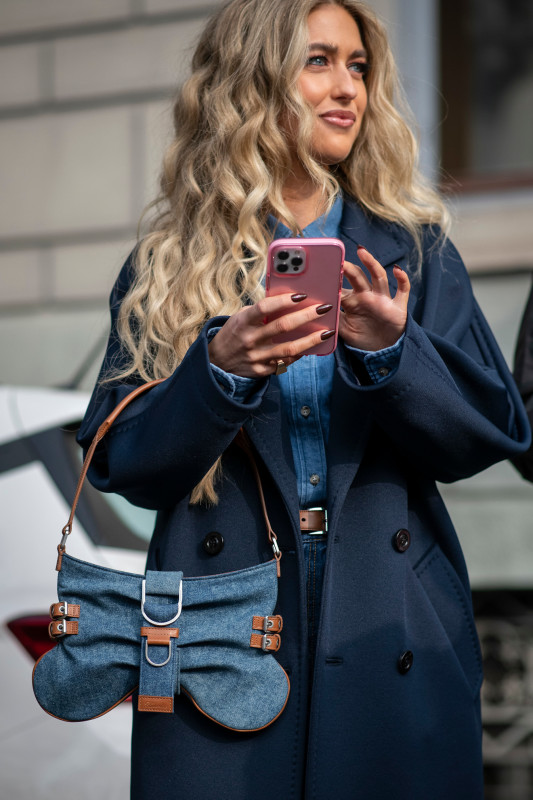
This week, global consulting firm McKinsey & Company released its “State of Beauty 2025” report, which covers extensive data, collected in collaboration with Business of Fashion, on the immediate future of the beauty industry. In general, despite obvious economic and geopolitical uncertainty, the beauty business still is going strong — it’s projected to grow 5% annually through 2030.
But how can brands ensure they’re a part of that growth? The key insight dominating much of the data is that beauty consumers are savvy and discerning. This is nothing we didn’t already know, but the executives surveyed reported that they “anticipate consumer scrutiny of the perceived value to be the biggest theme shaping the industry.” That includes shoppers paying more attention to brands’ marketing tactics — and many are growing fatigued by and/or wary of the go-to playbook many beauty players have relied on over the past few years.
It may be time for beauty brands to reconsider their current marketing strategies and reinvest in creative teams that can deliver quality storytelling and brand messaging. Ahead, we break down four beauty marketing standbys that brands may want to look at with a critical eye in 2025 — and beyond.
Consumers Don’t Really Care About Founder-Led Brands
Founder-led brands are as common as brands calling themselves “disruptors” in the beauty business, especially over the past two decades. But high-profile founders aren’t necessarily driving enough growth to become major players in the beauty space. According to McKinsey’s data, only three founder-led brands from the last 20 years scaled beyond $1 billion: Fenty, The Ordinary and Charlotte Tilbury. (The report also highlights Selena Gomez’s brand Rare Beauty as a fourth founder-led brand that’s seen success of late; it’s “achieved strong growth, with annual sales approaching $1 billion.”)
“Over the last decade, an avalanche of brands with public-facing founders emerged… But while a prominent founder can propel growth, their appeal alone is insufficient for long-term success,” notes the report. “With many branding niches now overcrowded, quality and originality will be key.”
What’s more, McKinsey found that “only 13% of customers cite brand founder as a key reason for buying their most frequently purchased brand, but performance and price are cited by 39% and 24% respectively.” In other words, people might like to associate a recognizable face with a brand, but it’s not what keeps them coming back.
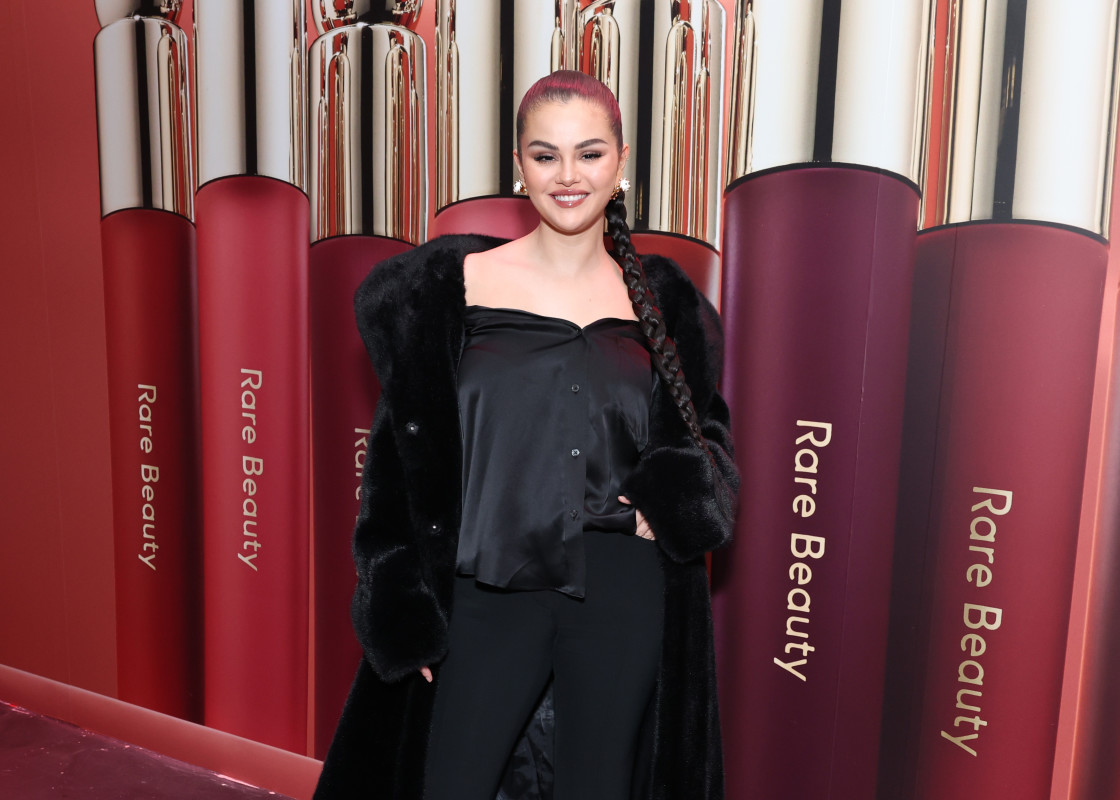
Photo: Cindy Ord/Getty Images
“While a prominent celebrity and influencer can generate early traction, building a billion-dollar brand is a full-time and long-term endeavor that requires laser-focused dedication. Brands that rely too heavily on the visibility of their founders may struggle to sustain momentum — especially in a market where attention is constantly shifting and consumer loyalty must be earned, particularly through strong product performance,” the report elaborates.
That’s not to say that founder-led brands are passé; but it’s about using said founder strategically, and making sure that the brand is strong all on its own, independent of the founder. Again, Rare Beauty offers a prime example. McKinsey found that Gomez herself is mentioned only 8% of the time throughout the brand’s marketing materials. “The brand has leaned into messaging around mental health and sets trends with differentiated products that resonate beyond the founder’s personality,” notes the report.
Fame only goes so far, especially if the brand doesn’t feel authentic to the personality representing it. Credibility and authenticity are crucial when it comes to building a founder-led brand into a business with staying power and growth potential.
Influencer Value Is Waning
In a similar vein, McKinsey’s findings indicate that consumers also care less about influencers than they once did. The report found that a third of global consumers “look to influencers for beauty ideas, but that number has declined in the U.S., China and Europe from 33% in 2023 to 25% in 2025.”
Social media users still rely on TikTok, Instagram and YouTube stars for inspiration — which in turn drives trends and “influence[s] consumer preferences, particularly Gen Z and millennial audiences,” per McKinsey. But influencer marketing on social channels is seeing a “diminishing role” in brand and product discovery: “Surging marketing costs have made paid reach more expensive to sustain, further exacerbated by proliferating AI bots that by now make up more than half of all web traffic, adding to marketing inefficiency.”
Only 7% of consumers across Europe, the U.S. and China reported that they’d recently discovered a brand via an influencer, a decrease from 15% in 2023. And just 18% of global consumers said they consider influencers to be the “most trusted source of beauty information.”
Of course, the report predicts that social media will remain a key factor in beauty marketing, but “with declining effectiveness for discovery, brands must adapt their strategies, linking social media pages and influencers to in-store calls to action.”
Consumers Are Wary of AI Creative…
More than half (58%) of consumers say they don’t trust beauty content created by generative AI. “While AI can unlock creativity behind the scenes, its use should reinforce a brand’s authentic voice,” advises the report.
Where McKinsey asserts AI can be helpful is for social listening, segmenting consumers for hyper-personalization and accelerating content creation across a variety of formats. But the risks associated with using AI tools for these tasks include “potential loss of brand authenticity,” “lack of real innovation that advances the category,” “long-term erosion of trust if content is perceived as fake,” “plagiarizing of existing work,” and the possibility that consumers may feel “duped,” among other theoretical downsides.
“AI can offer a competitive advantage, but should be used with caution,” the report concludes.
…But Quality Storytelling Is as Important as Ever
Consumers still want to see engaging content from beauty brands, and they want it to feel unique. How can brands work toward this goal? Hiring great creative teams.
“Brands should consider rebuilding their in-house creative capabilities,” per the report, which also highlights that many brands have pivoted away from quality storytellers, in favor of influencer or generative AI content in recent years. But it’s worth investing in talent, says McKinsey: “Brands can create the conditions for virality by investing in high-quality, differentiated and surprising storytelling.”
Photo: Courtesy of Vacation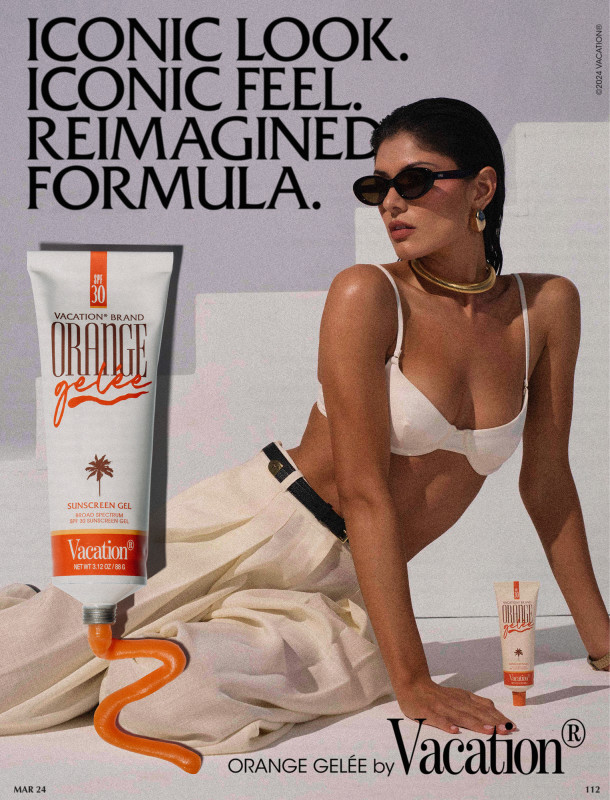
Vacation Inc. is a prime example of a brand using this type of engaging, surprising, playful and unique content to build its community, according to the report. The sunscreen purveyor’s “experimental marketing channels” and in-person activations, like “sunscreen sponsoring” for corporate events and “Walk Clubs” in Miami give consumers a chance to interact with the brand in real life. Meanwhile, Vacation’s ’80s-themed email marketing and campy entertainment content stands apart from what other brands are doing.
In addition to creating their own (good!) content, brands should be looking to ramp up “real user reviews,” which “remain the most trusted source of discovery for 51% of surveyed consumers,” per the report. Sorry, AI bots: Authentic human reviews are still the most impactful when it comes to driving beauty sales. The report also notes that, “beauty experts like dermatologists and makeup artists can help to foster trust.”
Fashionista’s audience includes 1 million site visitors, 110,000 newsletter subscribers and 4.74 million social media followers. Want to know how to reach them? Learn more.
#Beauty #Brands #Rethink #Common #Marketing #Tactics

